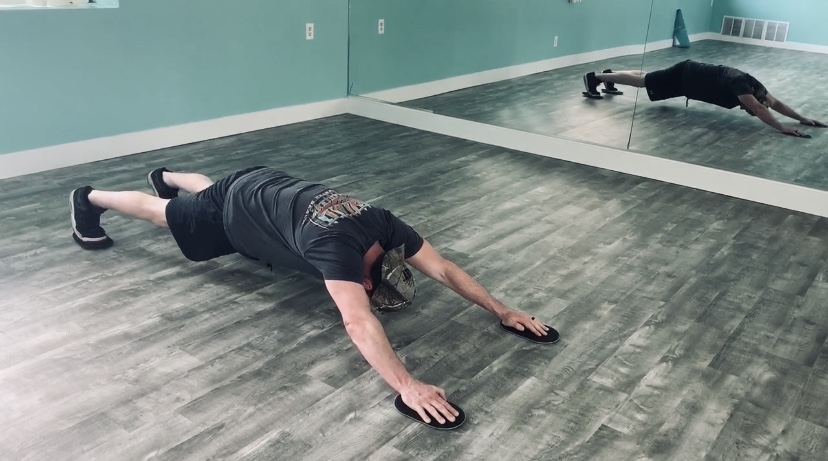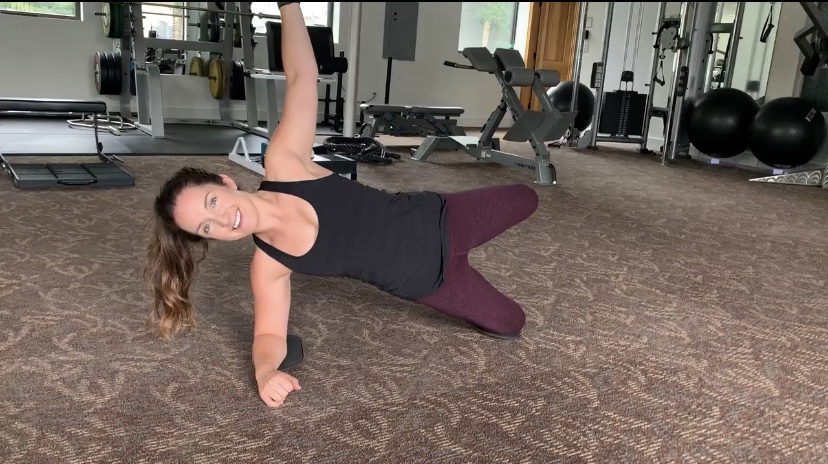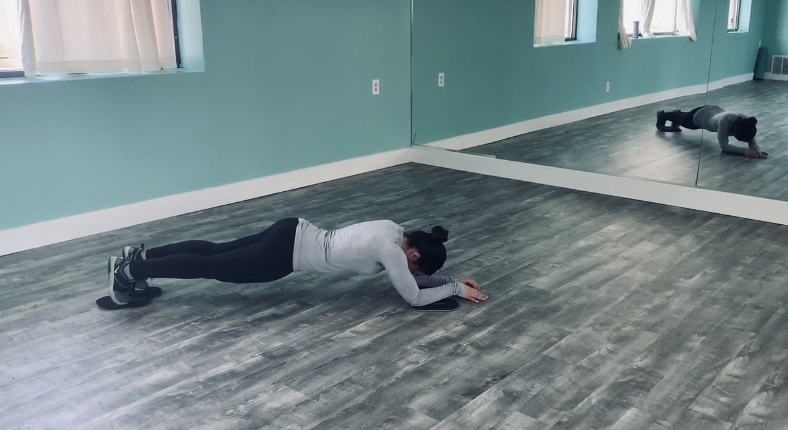Taking a break from movement…what about sleep?
Jennifer Kummrow2022-06-22T22:35:50+00:00Did you know that humans spend roughly a third of their lives sleeping? Even though we sleep to “rest”, your body and brain really need that down time to keep your body functioning optimally. In the U.S., 62% of our population experiences sleep problems several nights per week. We know there’s mounds of evidence that poor sleep can lead to a myriad of health issues such as diabetes, dementia, increased fall risks, to name a few. So how does your team at I.P. address your sleep health when typically, your sessions at the clinic are far from restful?!? Because an added bonus from your PT sessions and a question we are always interested in throughout your rehab process – are you sleeping better?
Sleep quality and pain perception are inversely related. The worse sleep you get, the higher sensitivity to pain you have. The more pain you have, the harder it is to get to sleep, stay asleep, and sleep efficiently. Poor sleep over the lifespan is closely related to cardiovascular issues, depression, anxiety, cognitive function and impairs motor skill learning. All of these contributing factors can make the rehab process slower than it should, or could be.
The therapists at I.P. care about how you’re sleeping – we ask questions about whether symptoms flare at night, how your symptoms vary before and after waking. The immune system works in synchrony with your body’s sleep-wake cycle. We have pro-inflammatory processes that enable our body’s immune response to be working overtime while we sleep. Additionally, our stress systems (like the sympathetic nervous system) downregulate during sleep, allowing us to fight off illness and promote tissue healing in the body.
The work we do at I.P. promotes a healthy sleep-wake cycle during your sessions, and our therapists are able to make specialized sleep hygiene recommendations to help your sleep cycle improve. Exercises or postural adjustments to your sleep habits can also help to reduce disturbances that are causing sleep disruption.
Check out this gentle exercise that’s simple to perform right before bed!
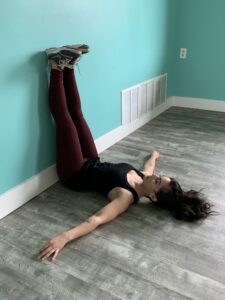
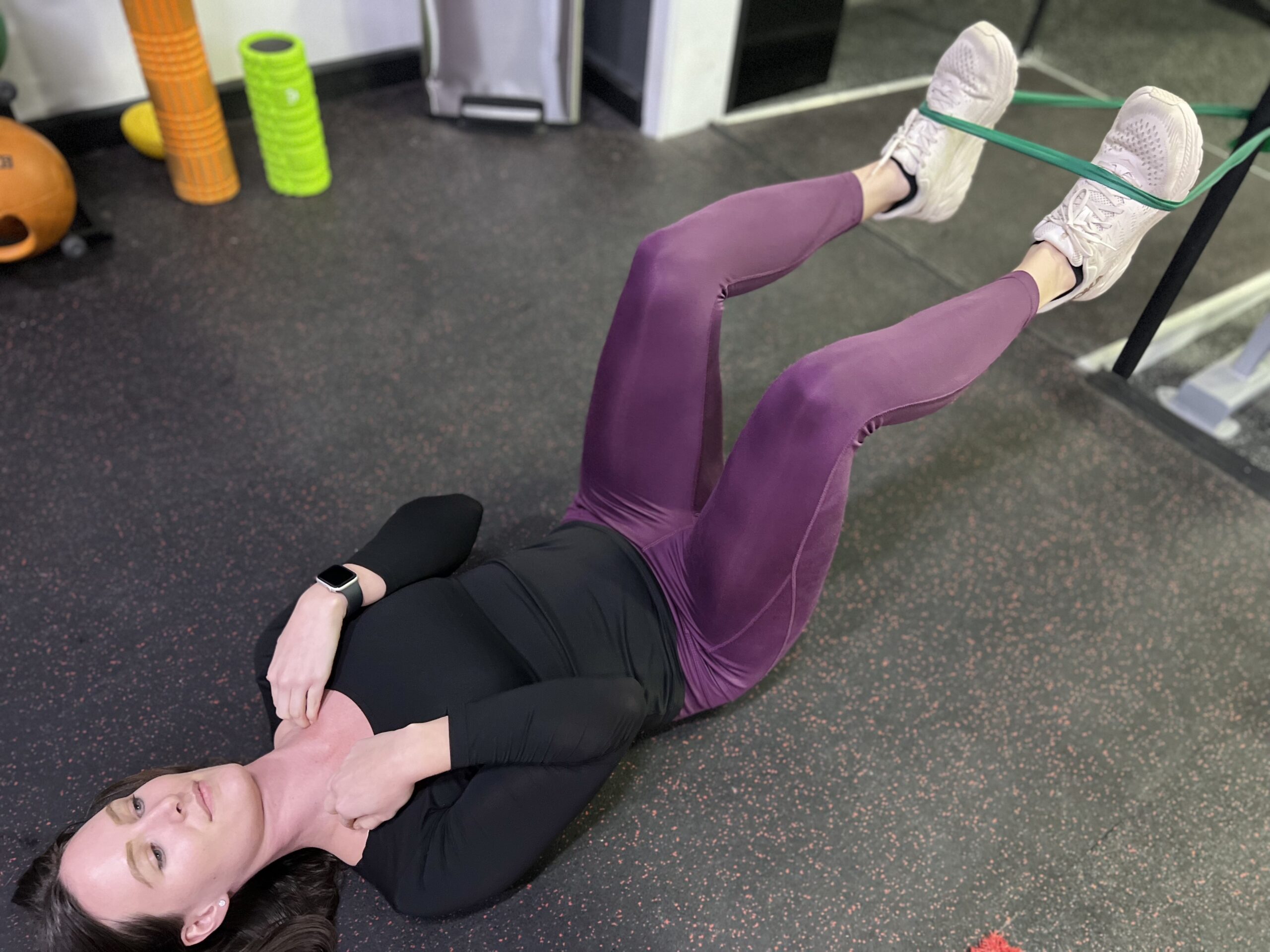
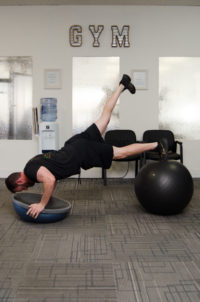 surgery [surgery is a top one] but PRP, marathon/military training or even activities of daily living are included. Prehab differs from rehab in that it is a proactive plan designed to prepare you for whatever life brings at you next. Here at IP, you know we love pumpin’ prevention to help patients optimize their potential!
surgery [surgery is a top one] but PRP, marathon/military training or even activities of daily living are included. Prehab differs from rehab in that it is a proactive plan designed to prepare you for whatever life brings at you next. Here at IP, you know we love pumpin’ prevention to help patients optimize their potential!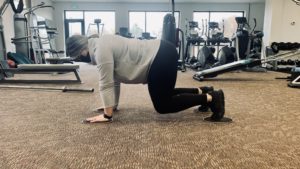 Exercise of the Month – Bear Crawl [into hibernation]
Exercise of the Month – Bear Crawl [into hibernation]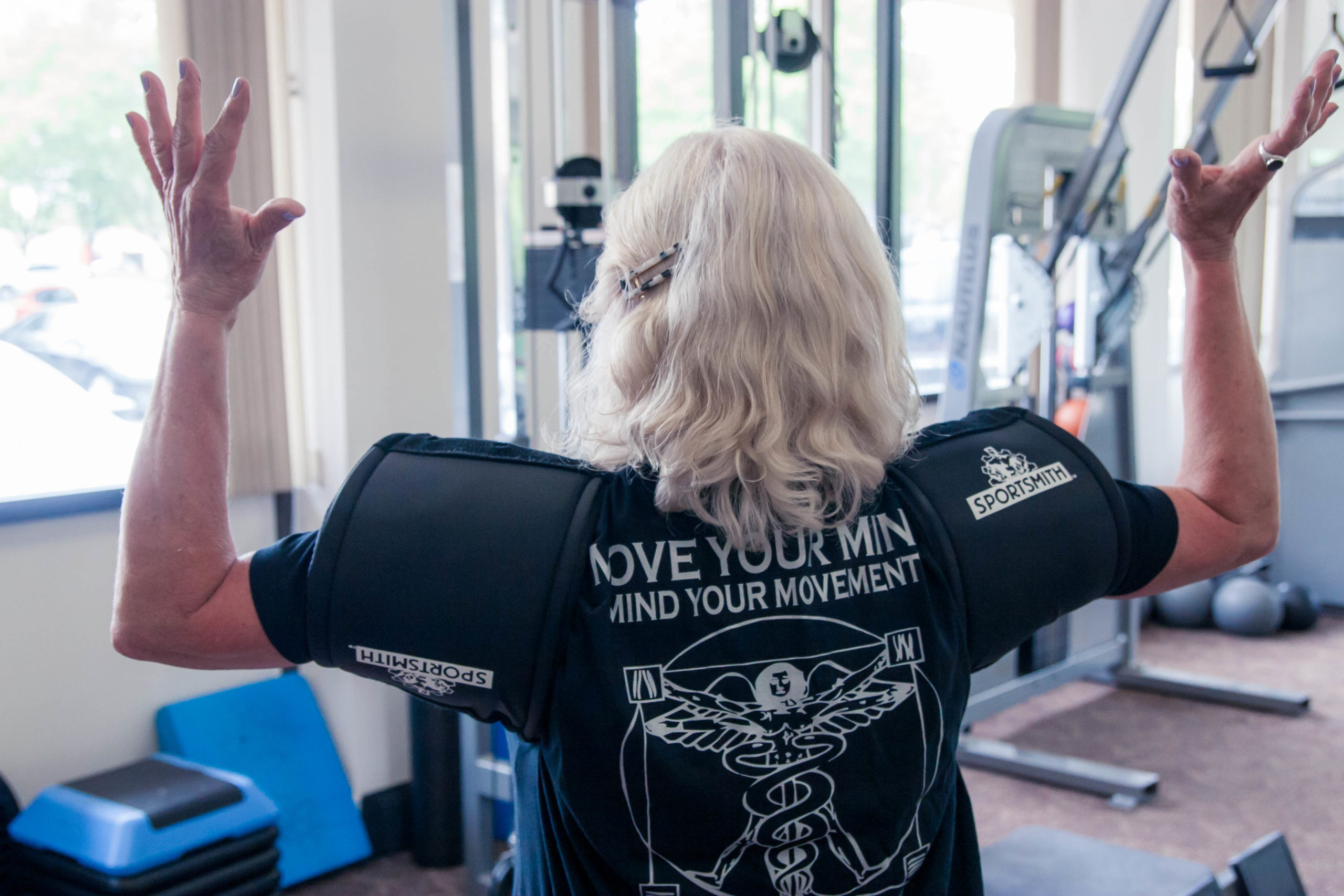 What is Osteoarthritis?
What is Osteoarthritis? 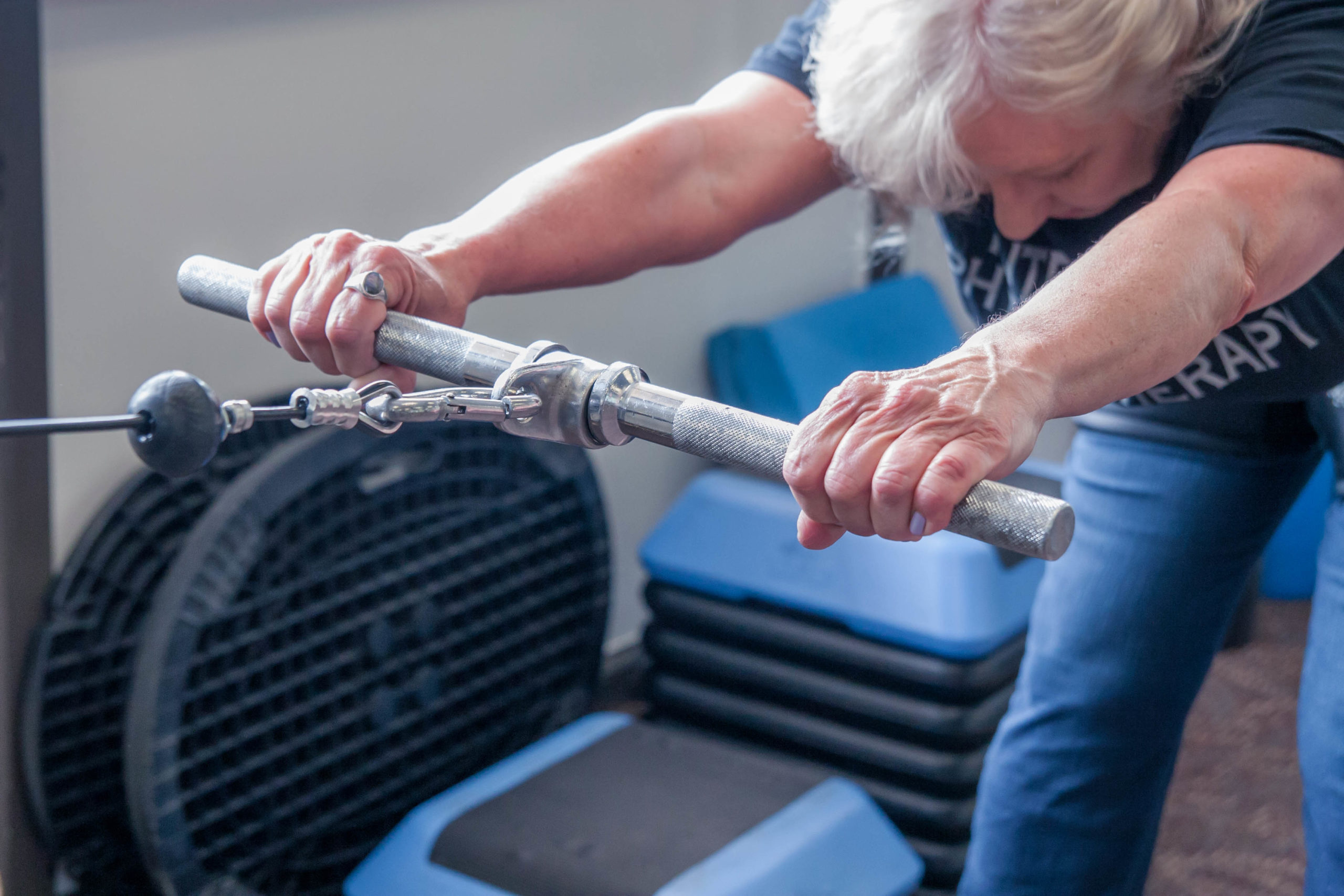
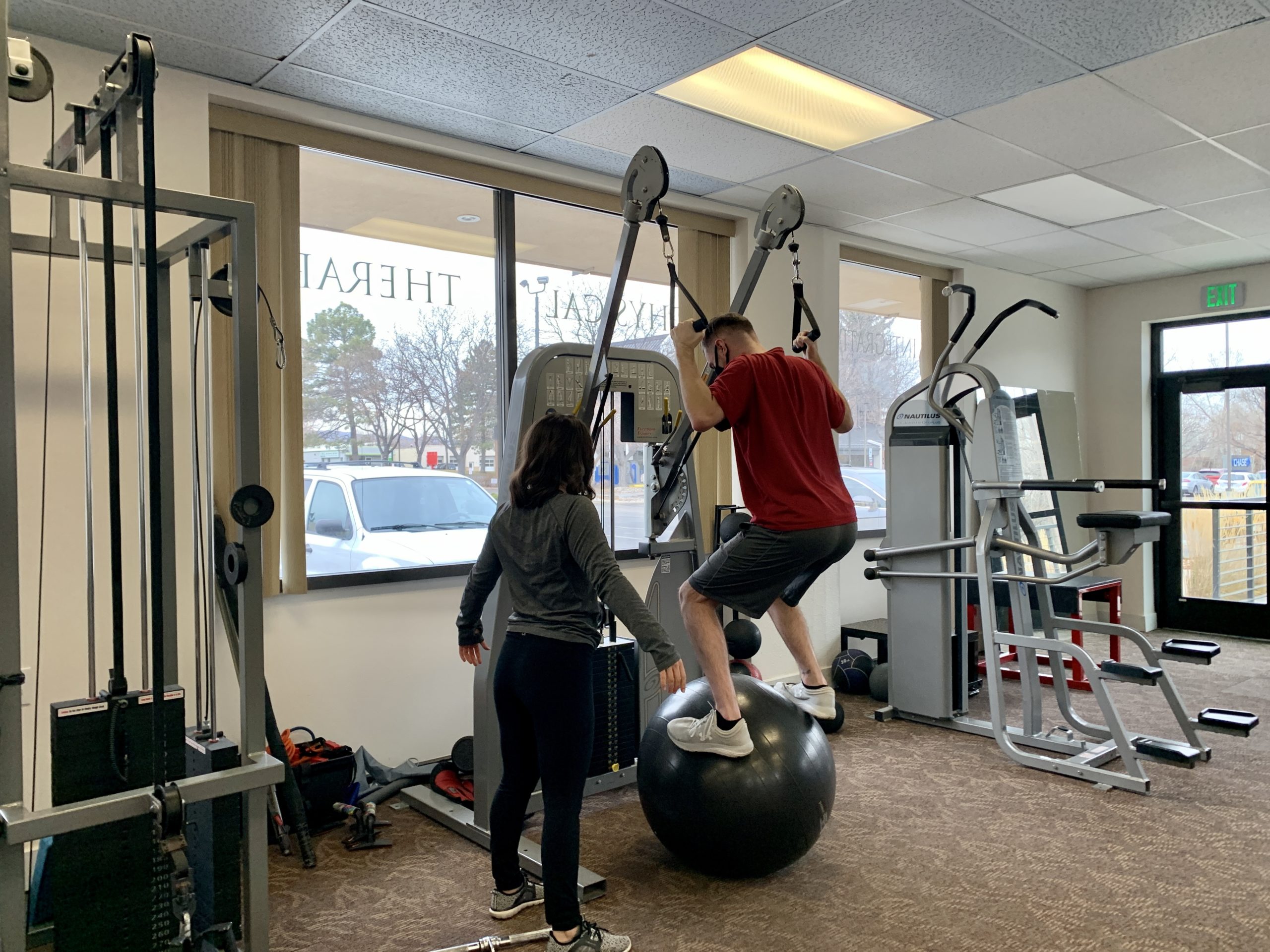
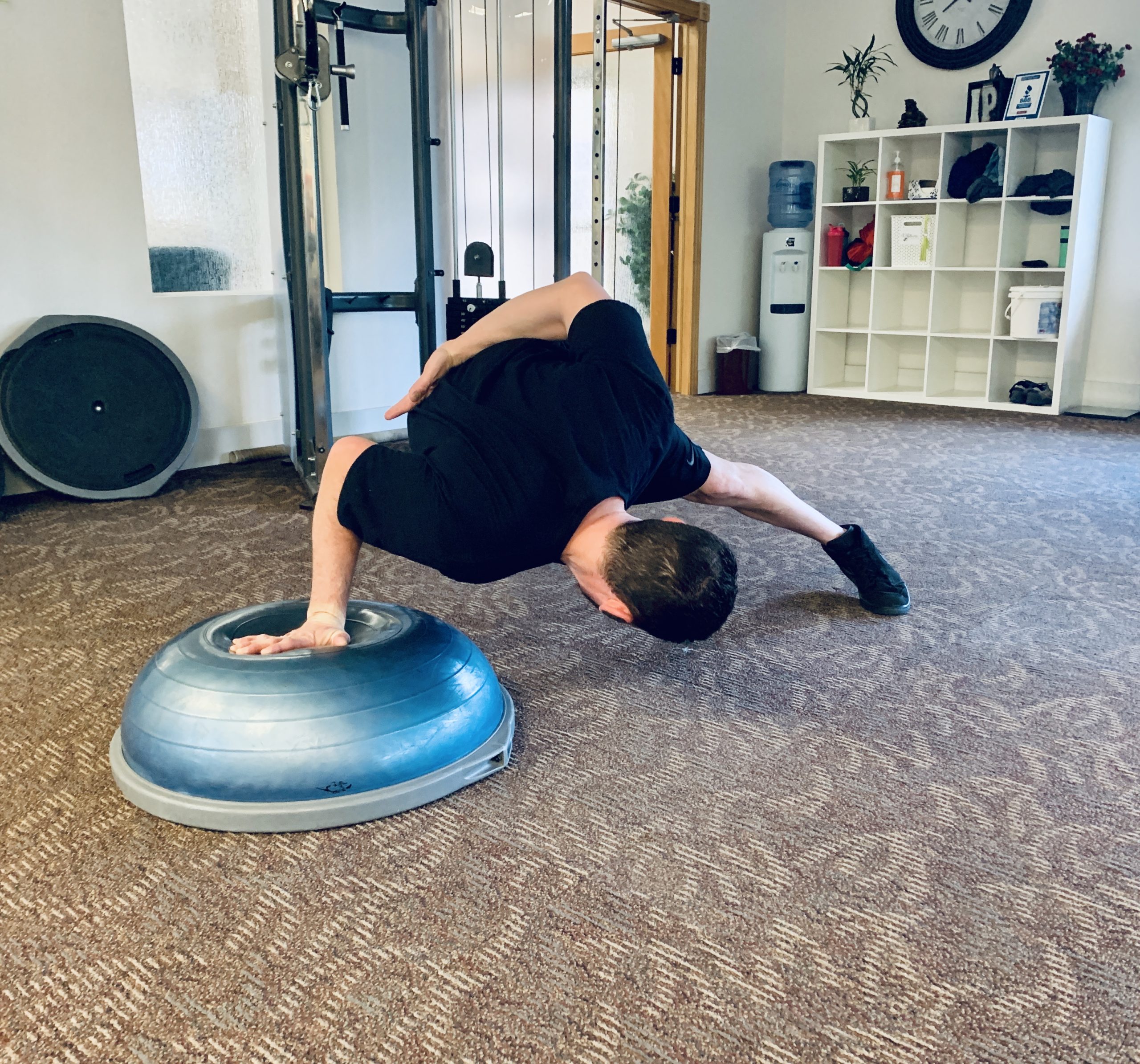
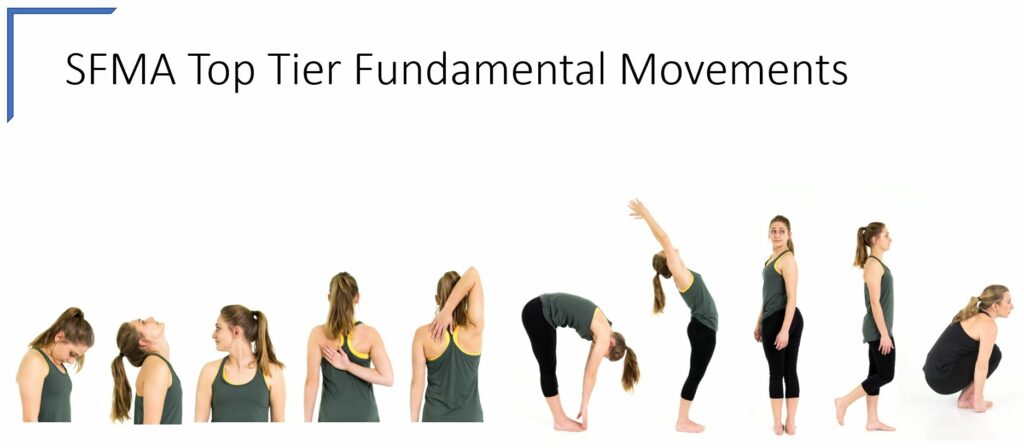 As you might have seen in recent social media posts, we’re offering a
As you might have seen in recent social media posts, we’re offering a 